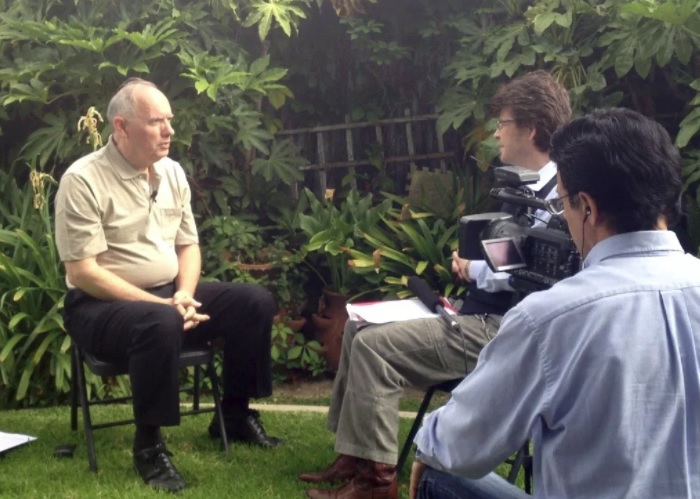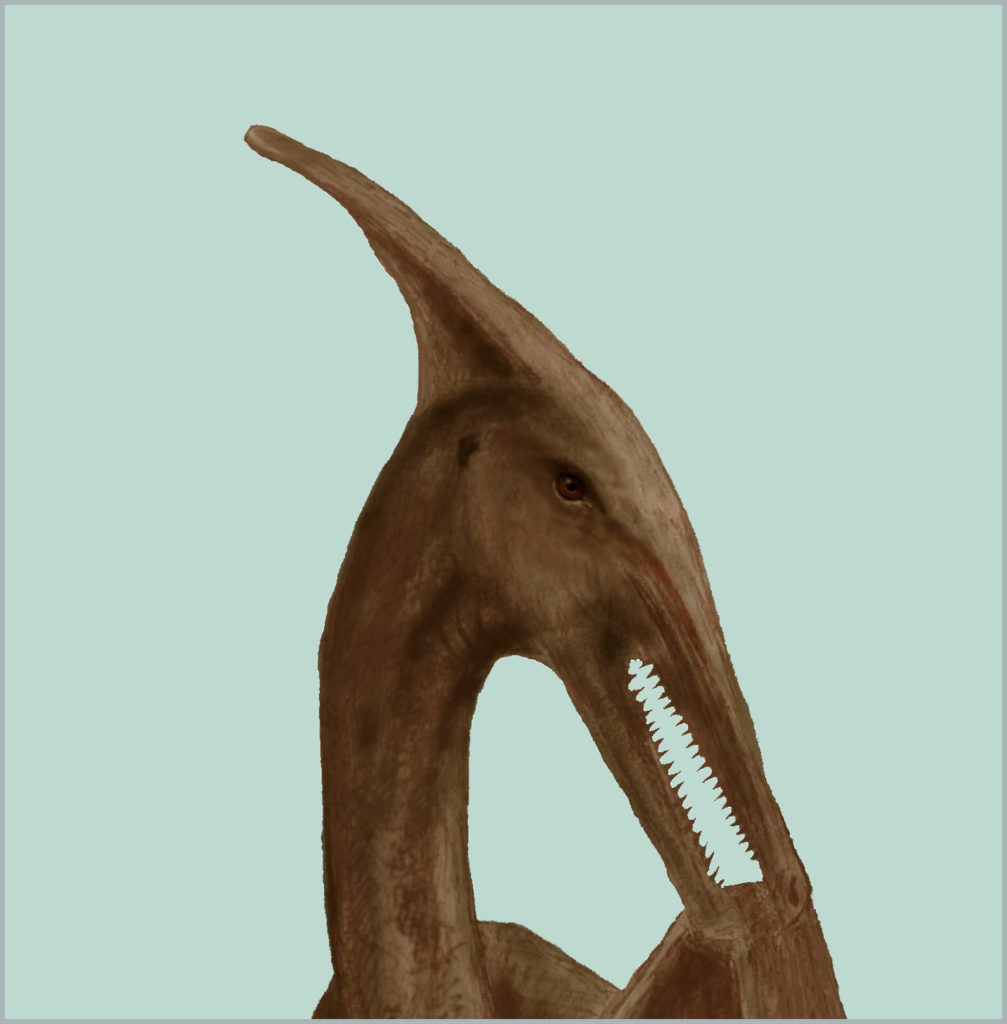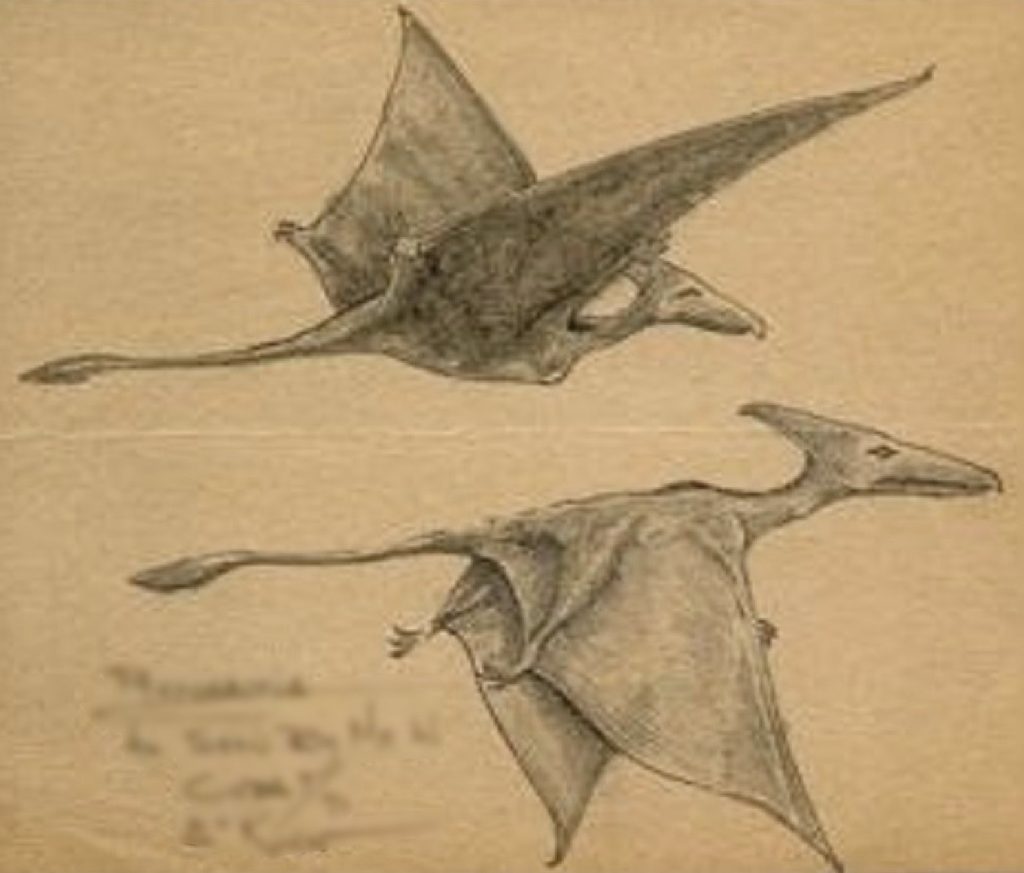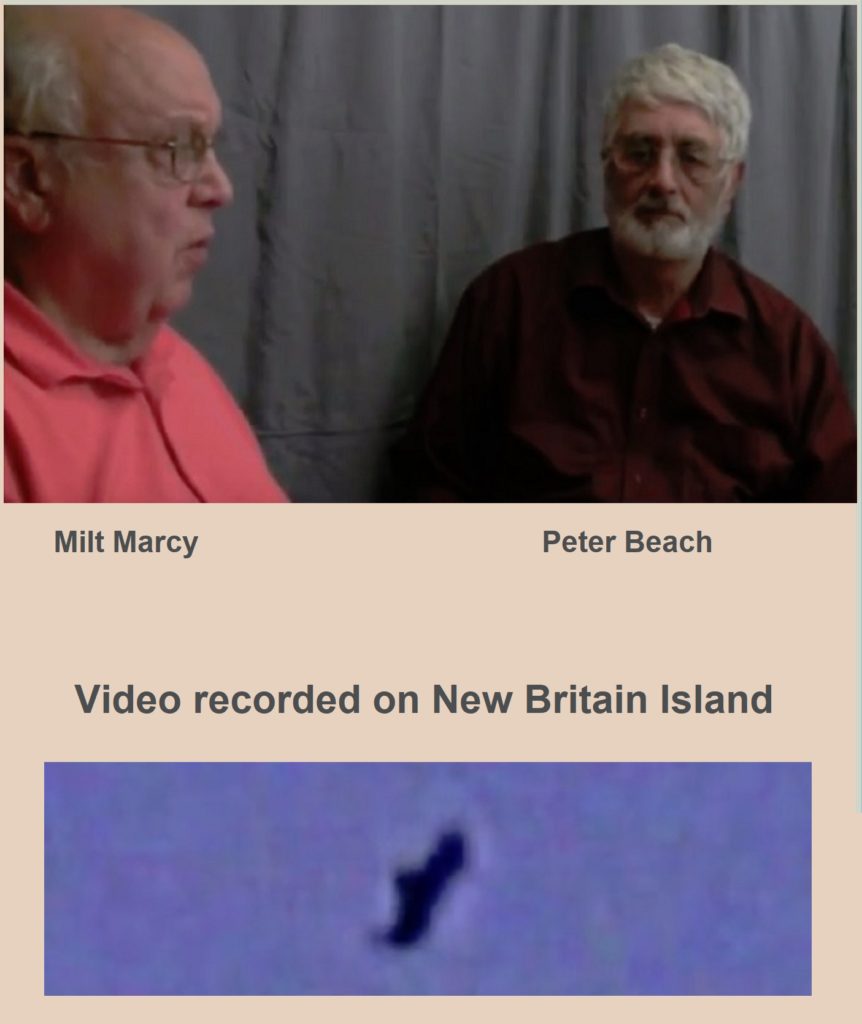Animal Discovery
We listen to you
Public Awareness
We encourage people to become aware of research and expeditions related to many sightings of apparent modern pterosaurs around the world. The eyewitnesses come from a great variety of cultures, languages, religions, and educational backgrounds, yet they report similar details in the featherless flying creatures that they have seen. One common type is called ropen.
What is a Ropen?
The most common description, worldwide, for an apparent non-extinct “pterodactyl”, is a featherless flying creature with a long tail. Sometimes a head crest is noticed.
The end of the tail has a flange or structure that is sometimes said to have a “diamond” shape. Other words are “triangle” or “ball” or “spade” for the shape at tail end.
Pterosaur Extinction
The majority of pterosaur species that have lived in the past and are known by the fossils discovered by scientists—these surely became extinct long ago. Yet from centuries ago to the present, people have reported large flying creatures very unlike the birds and bats presently classified (as extant): featherless non-bat animals, often large. They used to be called “dragons”.
Please join us and become
part of this community.
We listen to you


Animal Discovery
5347 South New Hampton Drive
Murray, Utah 84123




